Sony CDP-338ESD
Lampized in October 2008
What is it about the SONY that I try so many of them ?
Well, this company is really fascinating. While many companies had
2-3-4 models of CD players in all their history, Sony had HUNDREDS.
Even if most of them look identical, they are NOT identical. Their
faceplates differ by 2 buttons or 2 millimeters. So it was not part
sharing or economies of scale that drove this proliferation.
They were mutating like Drosophila flies. And proliferating like
rabbits in Australia. Amazing. I haven't seen any part sharing at all.
Every PCB is different and so on.
Sony was the company which made their products in the most solid way,
most honest, without pretending to be Burmeister or Jadis.
Some people can sit motionless for hours and stare in the fire place. I
can stare into KSS190A mechanism loading and unloading the CD in the
same way as the fire watchers.
DAC Burr Brown PCM-58P selection J
After some 5 or so years of using the TDA1541A chip as their top
converter, Sony run out of the discontinued chip. They had to make
emergency landing and find quickly another chip as good as the TDA. It
was surely a difficult task.
Their choice became Burr Brown - the 18 bit monophonic chip from Japan
- PCM58P-selection J
It was a pin compatible chip to the super popular 16-bit PCM56, the
volkswagen beetle of the DAC world.
Correct me if I am wrong, but the next major achievement was their
(Burr-Brown I mean) best
to date PCM63, which for many years became the new king of DACS.
Philips did not manage to come up with any response to that. After
funeral of TDA1541A - Philips went down and the Golden Era has ended.
They never really recovered ever since.
DESCRIPTION of Burr Brown PCM58-P-J
(from their datasheet)
The PCM58P is a complete, precision 18-bit digital to- analog converter
with ultra-low distortion over a very
wide frequency range. The latched serial input data format of the
PCM58P is totally based on the widely
successful 16-bit PCM56P format (with the addition of two more data
bits). The PCM58P features a very low
noise and fast settling current output.
The PCM58P comes in a 28-pin plastic DIP package. A provision is made
for external adjustment of the four
MSBs to further improve the PCM58P’s specifications, if desired.
Applications include very low distortion
frequency synthesis and high-end consumer and professional digital
audio applications.
FEATURES of BB PCM58
- 18-BIT MONOLITHIC AUDIO D/A CONVERTER
- VERY LOW MAX THD+N: –96dB Without External Adjustment; PCM58P-K
- SERIAL INPUT FORMAT 100% COMPATIBLE WITH INDUSTRY STD 16-BIT
PCM56P
- VERY FAST SETTLING, GLITCH-FREE CURRENT OUTPUT (200ns)
- LOW-NOISE SCHMITT TRIGGER LOGIC INPUT CIRCUITRY
Back to Sony CDP-338ESD
This player is similar to the immediate predecessor 337ESD but I notice
some savings inside, some corner cutting etc. It is still a very
impressive piece of engineering, but the mechanism is a notch down -
back to KSS151A. Power rails are no longer on copper bars, etc.
So it is directly comparable to CDP-227ESD - that comparison would be
fair.
Without comparison to older Sonys, the CDP338ESD would still be a
benchmark of best Japanese industrial craftsmanship.
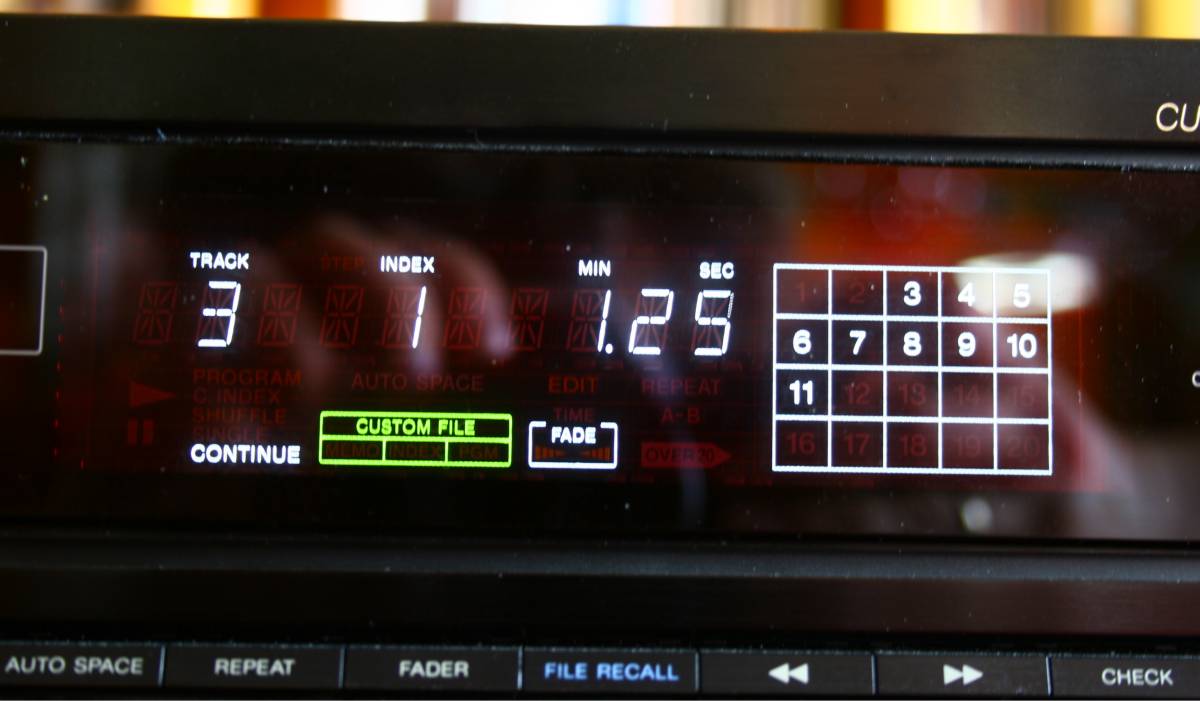

I have nothing to say about the face plate that I havent said already,
writing about the Sony 710, 222, 227, 333, 307, 507, 555, and
557. That is some family !
SONY
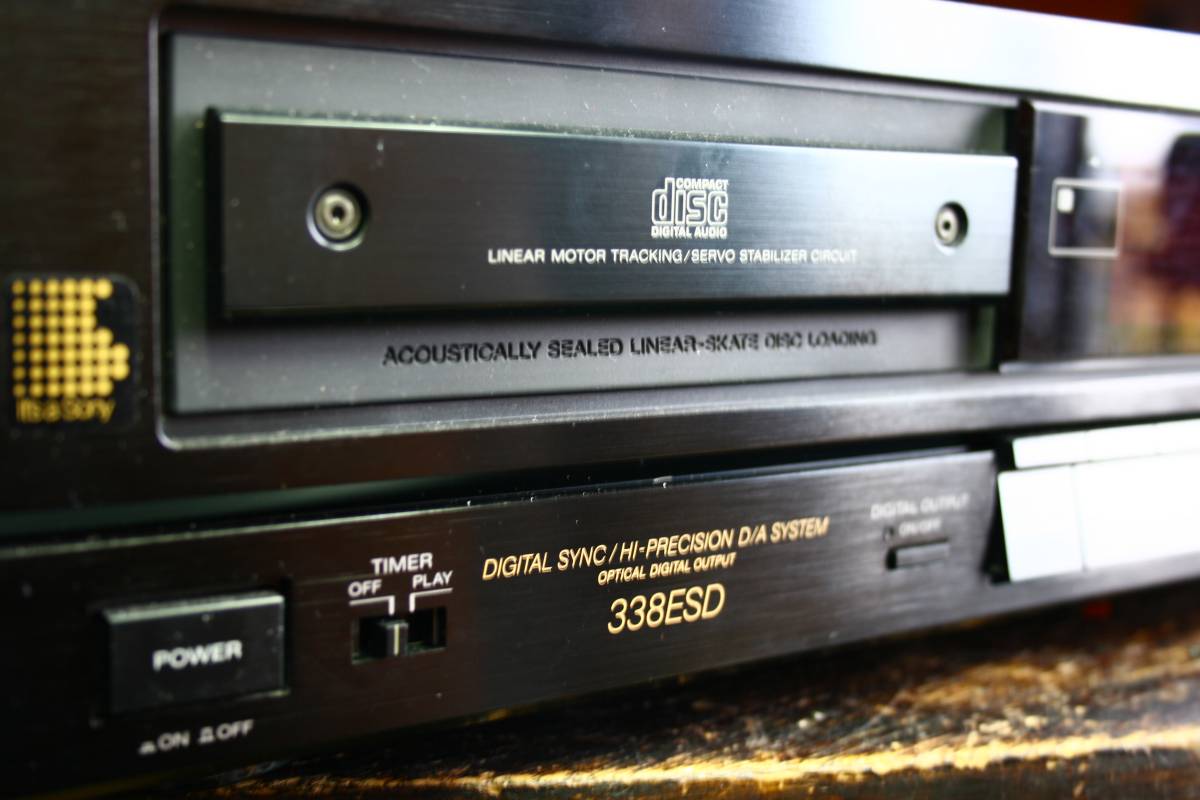
This is the first player from THE FAMILY that I found which has a
neoprene
sealing around the drawer. The intention was that the sound
does not enter the CD player and vibrate the CD.
What I like about it is that the sound does not ESCAPE from the
inside and come out to the room. I dont like to hear mechanisms.
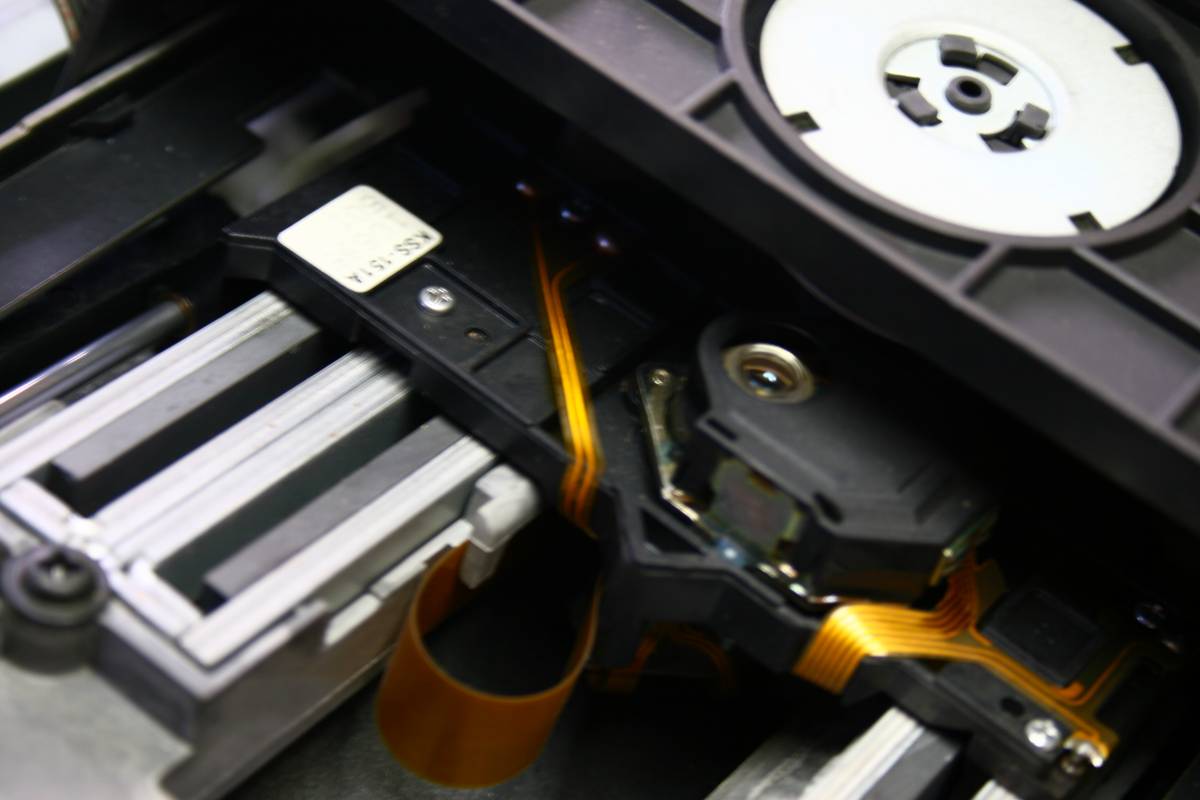
KSS151A is one of the most popular laser mechanisms. All V.R.D.S. units
from TEAC and WADIA are based on it.
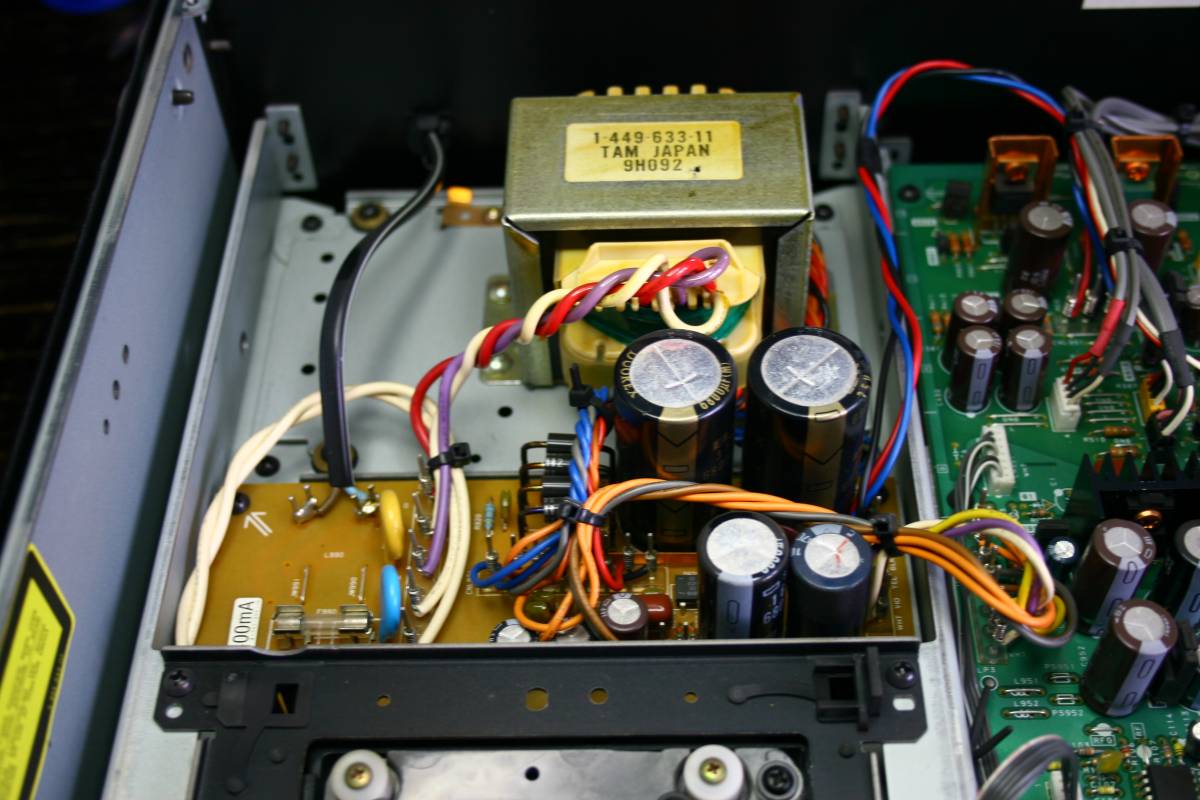
The power supply has gigantic capacitors for raw supply filtering and
some MOV's too for protection from AC dirt and overvoltage spikes.
What is missing is the good old ferrite choke on AC lines as well as
IEC cable socket. The AC cable is non detachable.
Also the transformer is no longer screened, potted and encapsulated.

These three copper bard are carrying the GND, Plus 12 V and minus 12 V
across the PCB. These are the famous Sony Power Rails. Very neat.
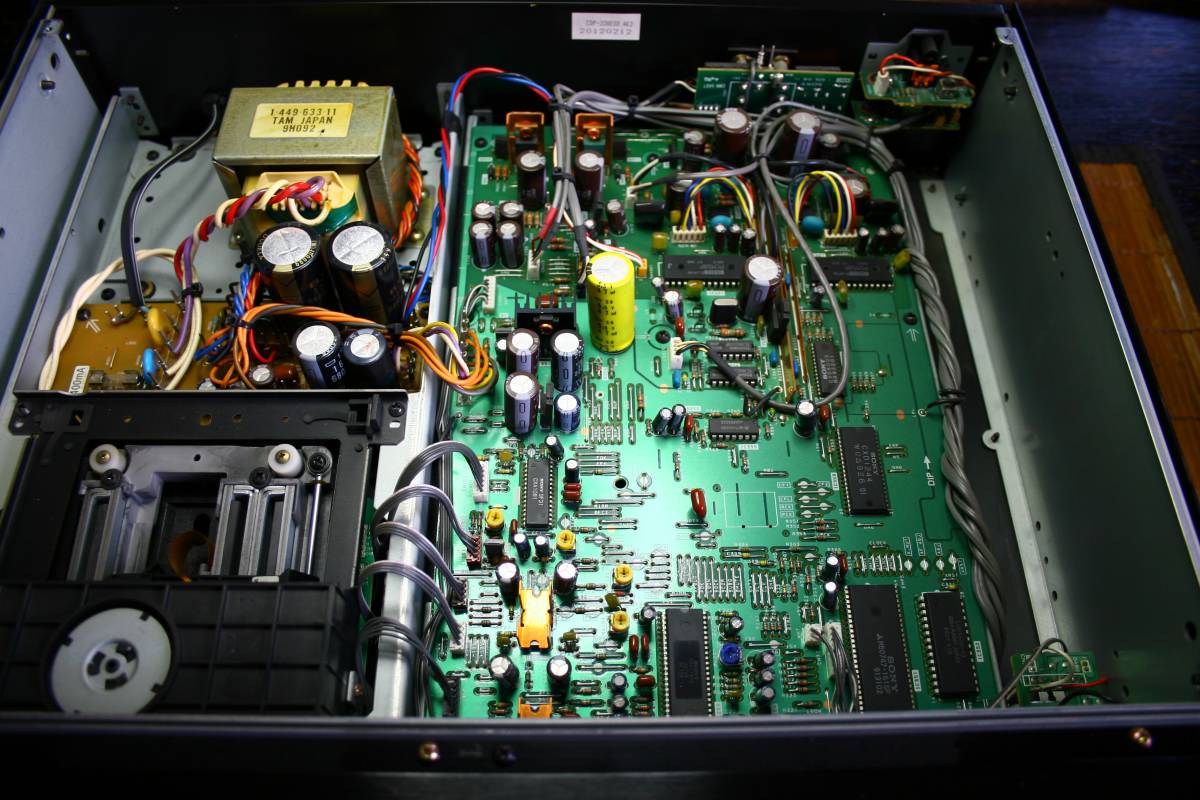
The general view - you may note the 4 yellow trimmer pots for laser
adjustement. Unlike in most european players, the Sony laser can always
be adjusted while the CD plays. Access is easy and each pot has a
descriptor in plain text. Very elegant feature.
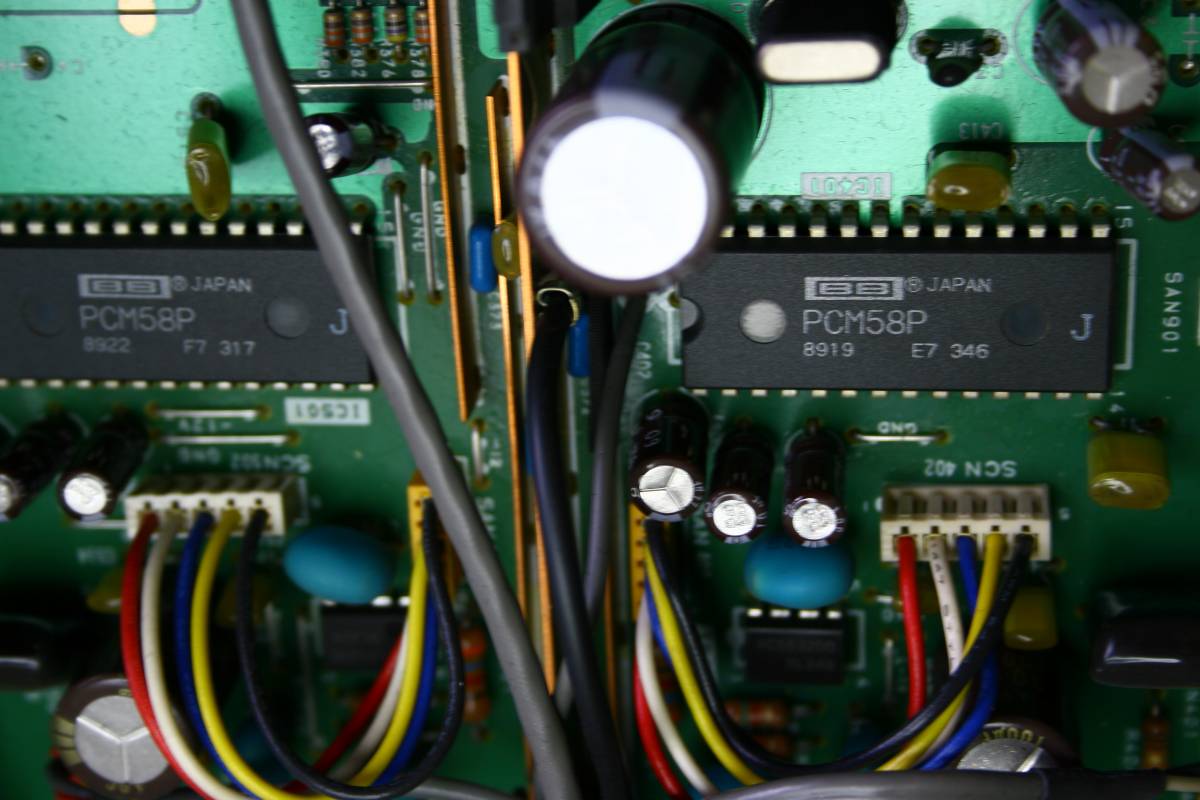
If you did not believe me - here are the DAC chips.
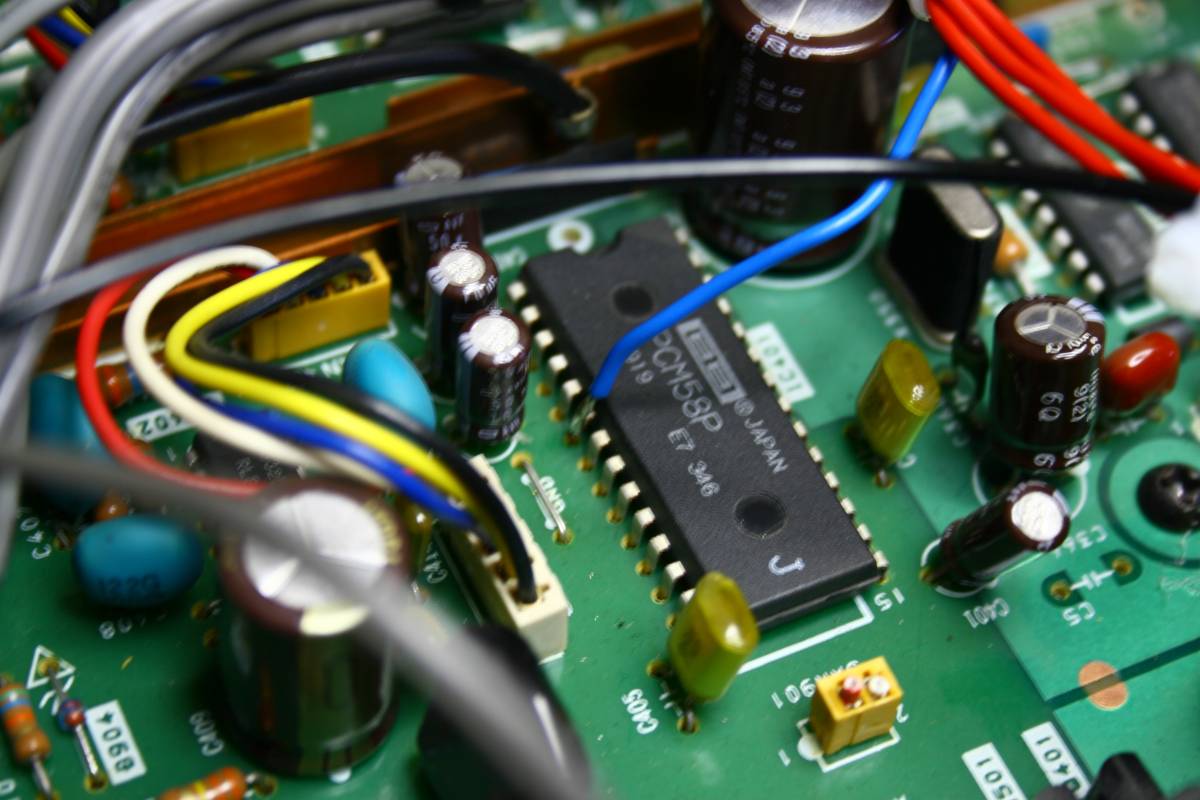
The blue wire is the I out signal going to the tube grid.

Underside of the green PCB reveals the extra chip Sony CXD1165 -
digital filter with oversampling

This player has absolutely IDEAL place for my extra transformer. There
is an empty corner with comfortable mounting plate and easy
access to 220V stealing point (after power switch and after fuse).
Perfetto!
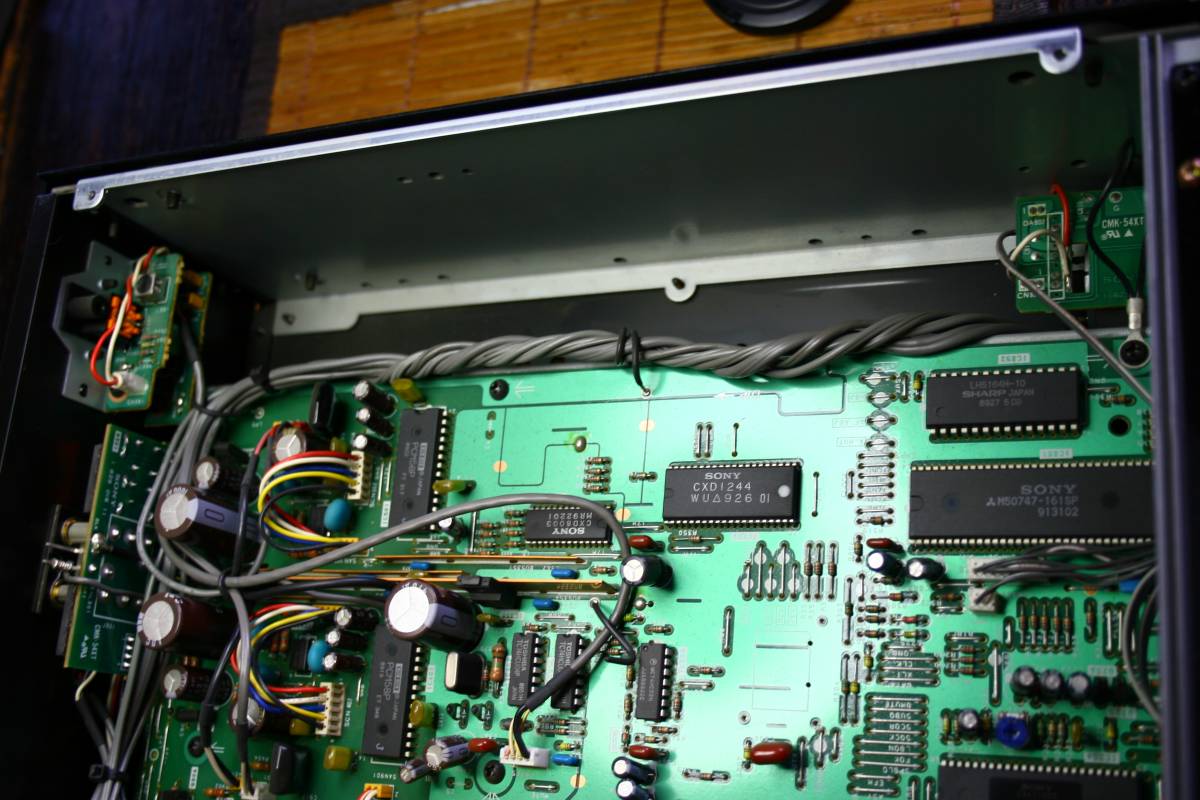
Wow ! Just look at that - they foreseen ther need for empty space for
tubes ! The whole side corridor is empty. Ready willing and able. I
just think about all those IMPOSSIBLE players where I squeezed the
lampizator, like Bang-Olufsen, Nakamichi or Cambridge CD2.
Here it is a no brainer. Almost the challenge is too small.
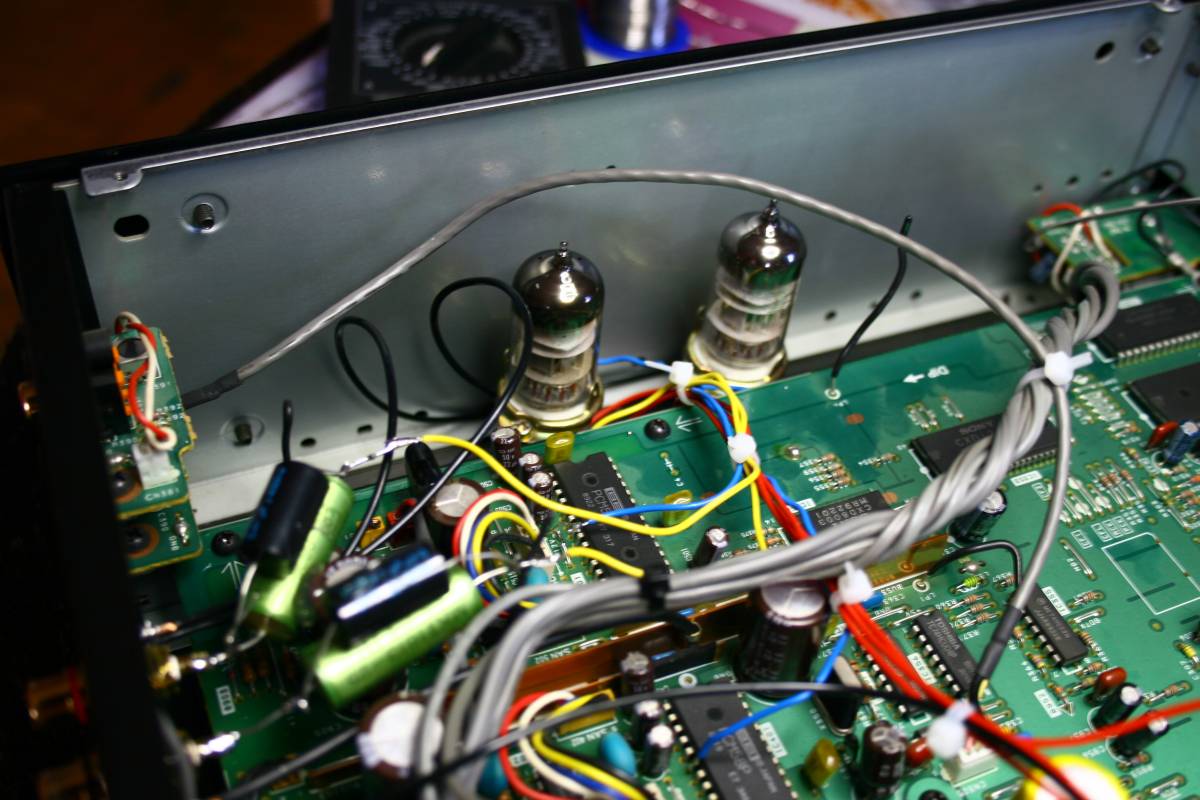
The tubes are ideally placed here. Close to the DACs but not too close.
Close to outputs. Far away from transformers. With plenty of air around
and easy tube swapping access.
I used 6N2P , resistive coinversion on PIN7 to ground, SRPP as usuall,
200 Ohms in both cathodes. 150VDC on the B+, DC heating with 12,6 VDC
in series connection of two tubes.
The conversion resistor sounded most loud and pronounced at 380 Ohms,
so I settled on a little bit below it. Over 380 Ohms the sound startd
heavily distorting. I used conservative 270 Ohms. The high gain of this
tube (100) allowed me to sacrifice some loudness for the sake of purity.
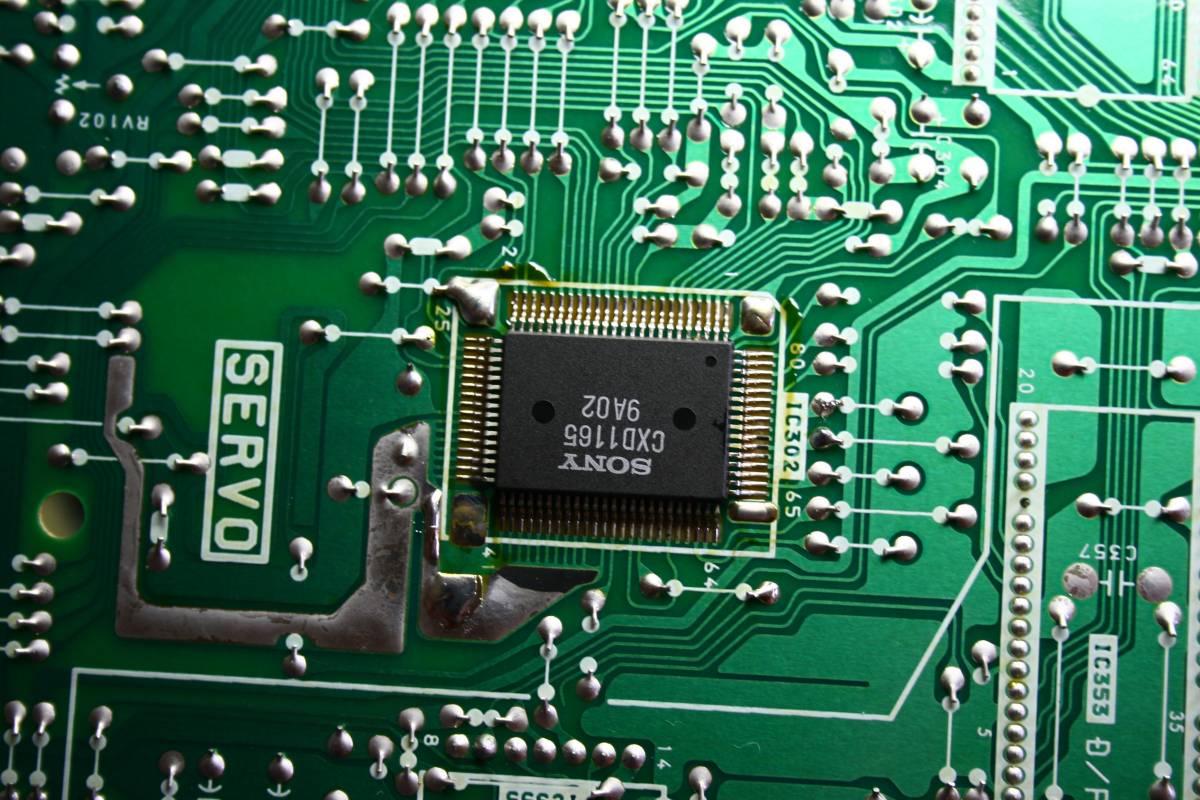
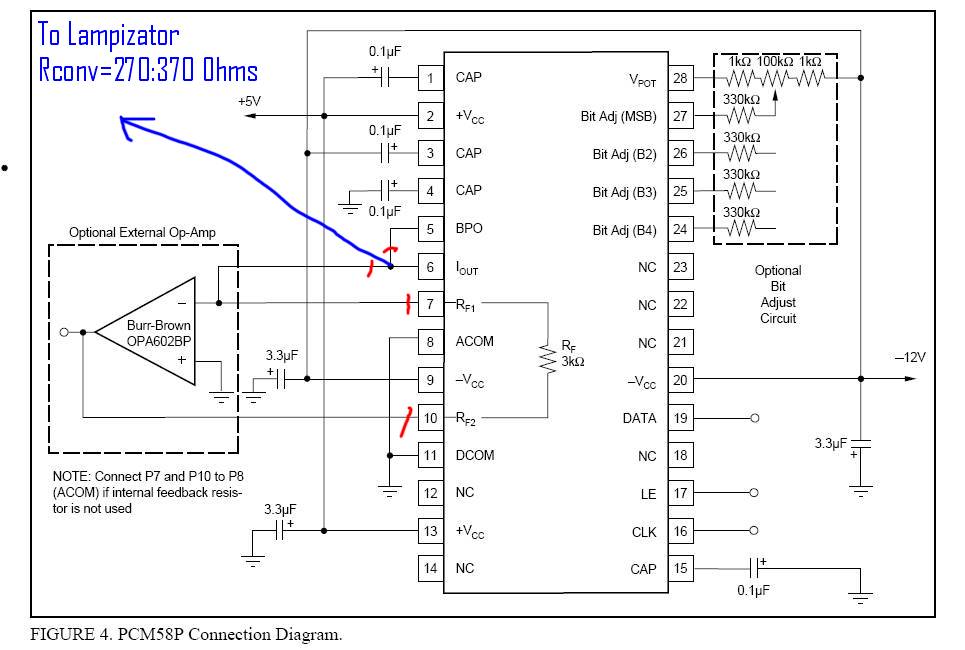
The signal stealing is not a typical no brainer. It is not enough to
find stealing points. We must remove the provisions for OP-AMP current
conversion as pictured above.
We are able to steal the I output before the op-amp messes it up.
The red lines represent the trace cuts. Our stealing point is a
completely floated leg 6.
We must also float legs 5th, 7th and 10th. A sharp utility knife
is very helpful, it is always good to test the continuity (or lack of
it) with the meter.
I suggest to put a high quality cap like blackgate or oscon on pins 2
and 20.
On the 2 - a 220uF/6,3 V os-con, polarized with minus to ground (GND is
pin 8th)
On the 20-th - a 16 V / 150 uF or more - Oscon or tantalum. Polarized
with plus to ground.

Other great players which use BB PCM58 DAC chip
ACCUPHASE DP-11
ACCUPHASE DP-60
California Audio Labs Aria Mk III
DENON DCD-3500RG
KENWOOD DP-7010
KENWOOD DP-8010 (I am
workin on that one and will report later)
ONKYO C-701XG Integra
ONKYO C-901XD Integra
ONKYO DX-6570 Integra
ONKYO DX-6990 Grand Integra
ONKYO DX-G10 Grand Integra
PIONEER PD-71
PIONEER PD-5000
PIONEER PD-9300
PIONEER PD-M910
PROCEED MRC100
PROCEED PCD2
PROCEED PDP
SONY CDP-228ESD
SONY CDP-508ESD
SONY CDP-608ESD
SONY CDP-970
SONY CDP-X7ESD
YAMAHA CD-4050
YAMAHA CDX-620
YAMAHA CDX-820
YAMAHA CDX-920
YAMAHA CDX-1120
YAMAHA CDX-2020
ZE SOUND
The stock Sony CDP-338ESD is very nice, I like it a lot. It sounds
neutral and musical. I can not find any serious criticism of the stock
sound. Probably it is better than stock Sonys from TDA1541 dacs family.
After lampization, it becomes a serious contender. I swapped it with
the SATCH and with Sony CDP-333ESD based on TDA1541A, and after every
swap I thought I nailed the difference but I was wrong. I could not
really nail it. Or name it.
The PCM58 is a very good DAC. I need more time to evaluate it, but at
the time of writing I would put it as equal to TDA. And it is easier to
work with - no decoupling caps, and no need for 3 different voltages,
only 2.
OTOH we need two chips for 2 channels, and TDA is stereo.
Now I wish I could make the player a NOS. That would be interesting. I
havent managed to do this yet but I will try.
Anyway - the CDP-338ESD is well worth the money and the effort. It is a
first league player, very likable. The sound is perhaps very neutral,
hard to criticize and without flaws. Maybe it is a little bit better on
frequency extremes than TDA1541A.
Strongly recommended.















